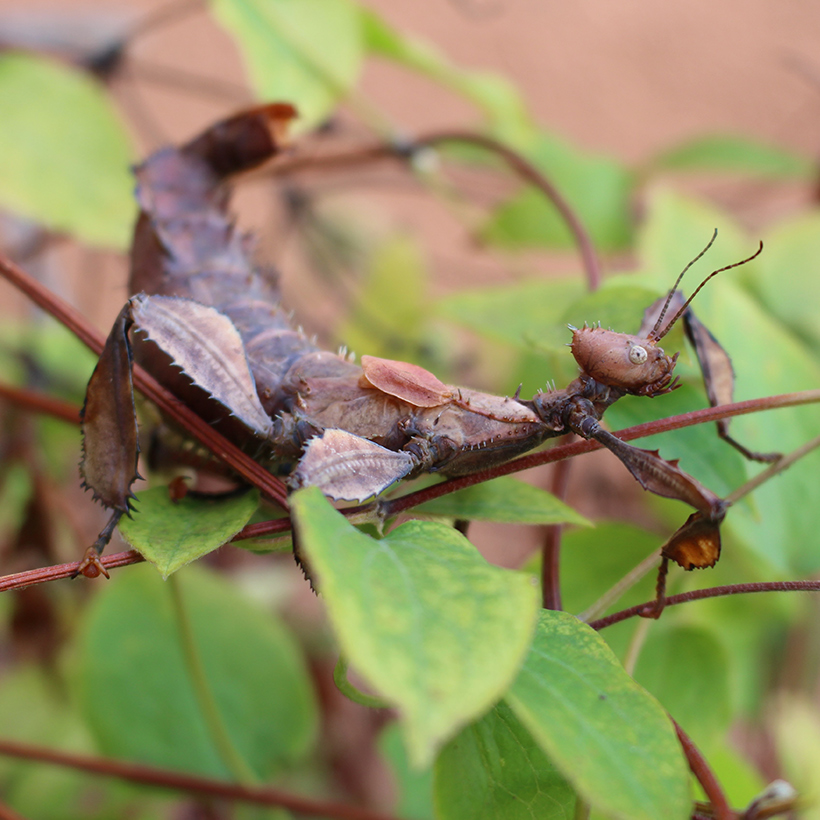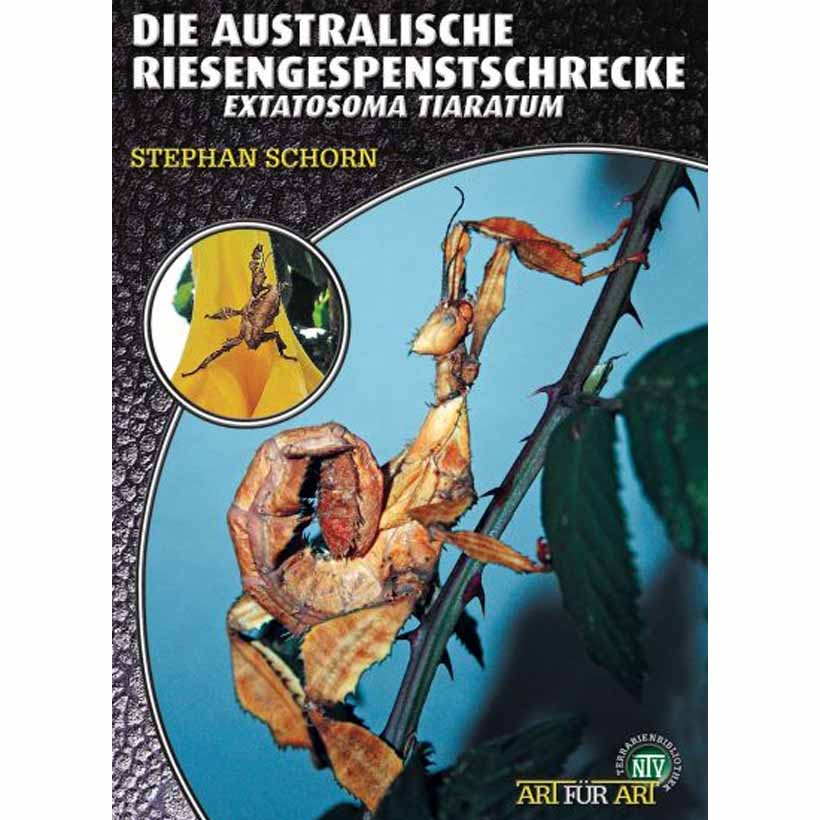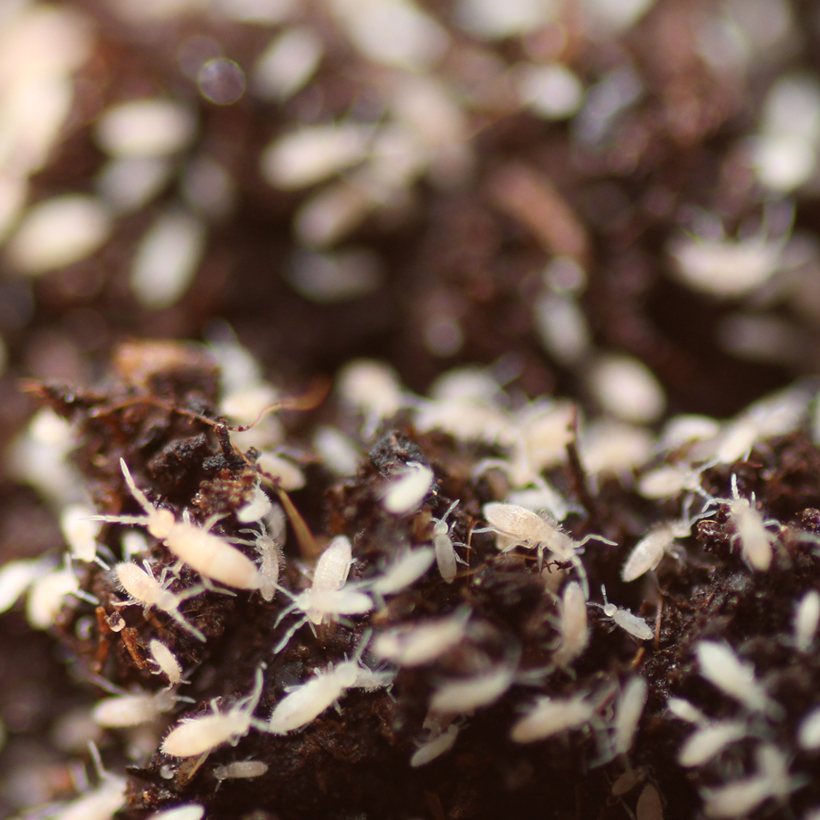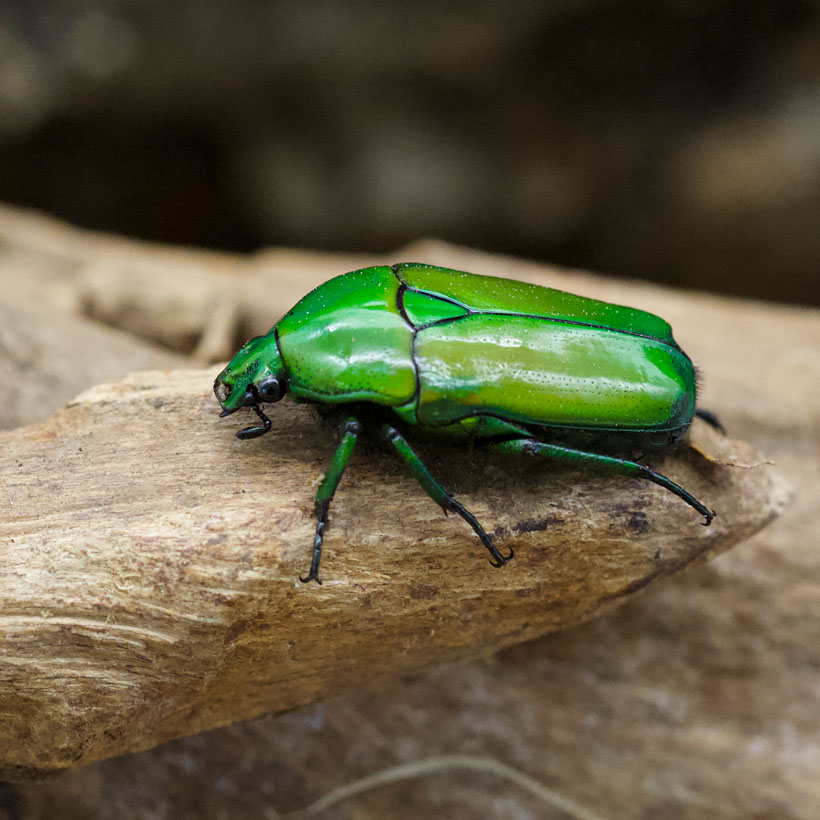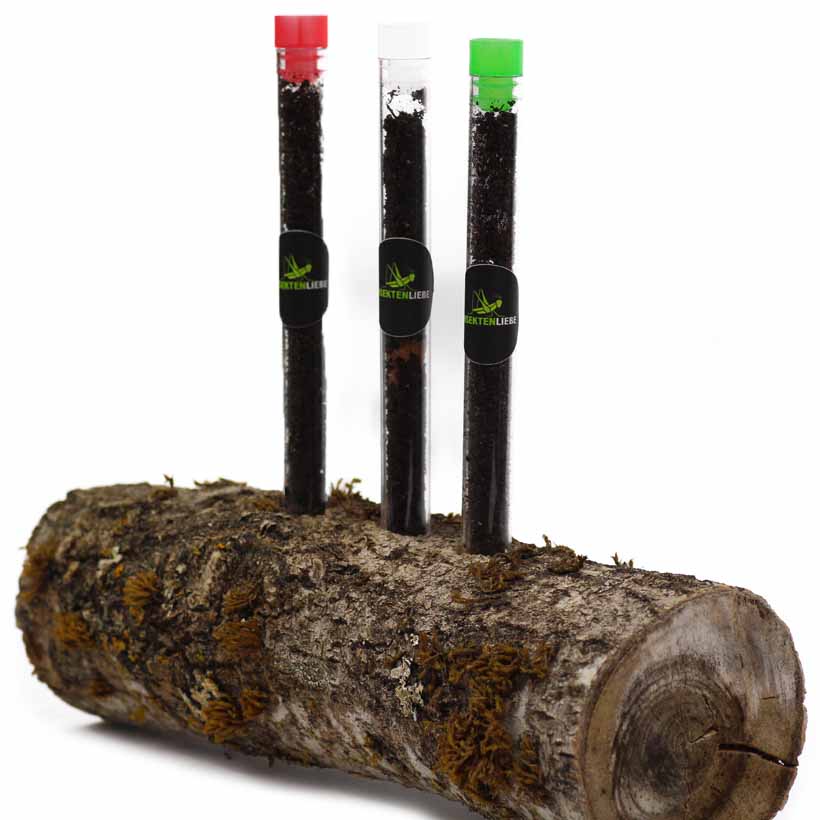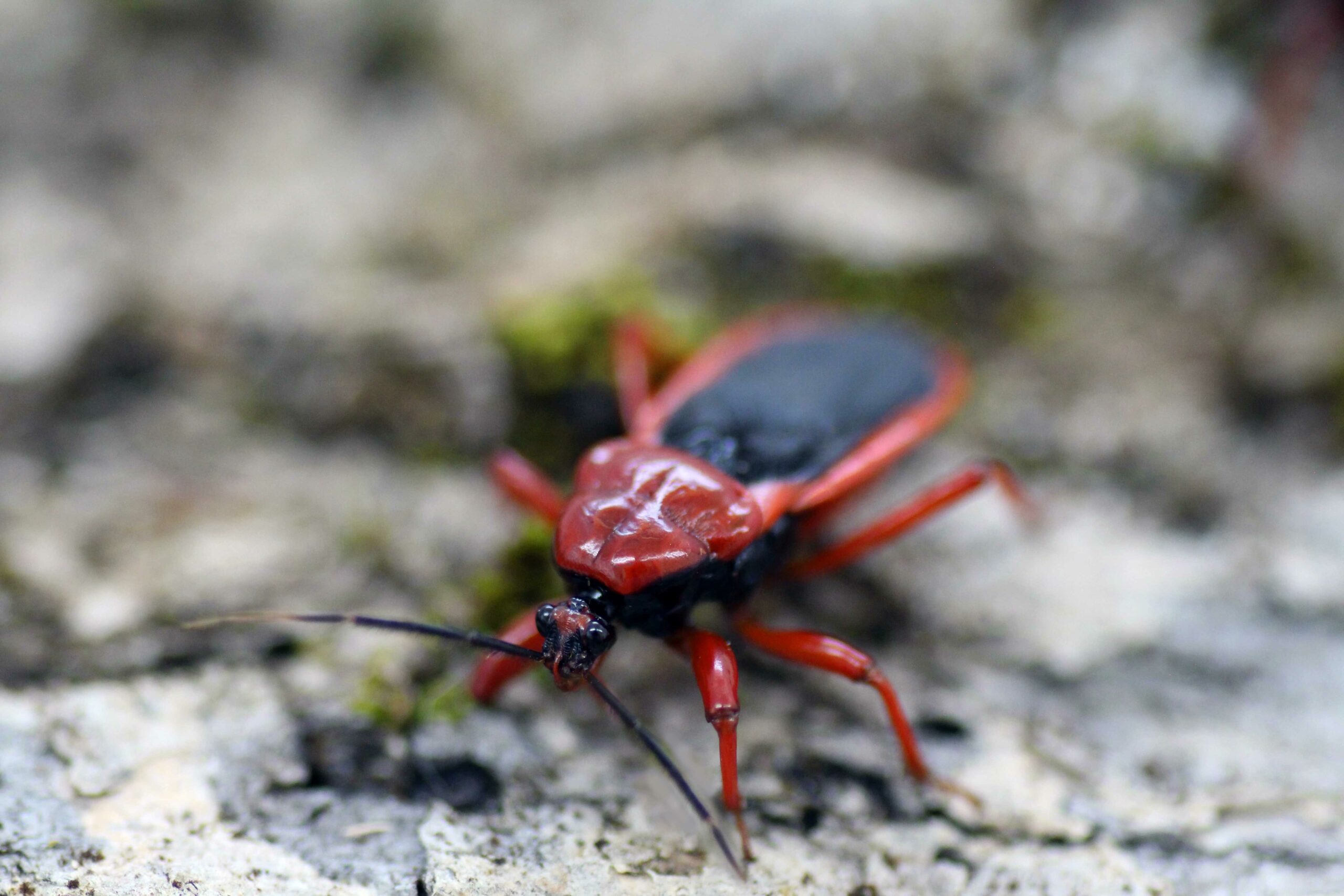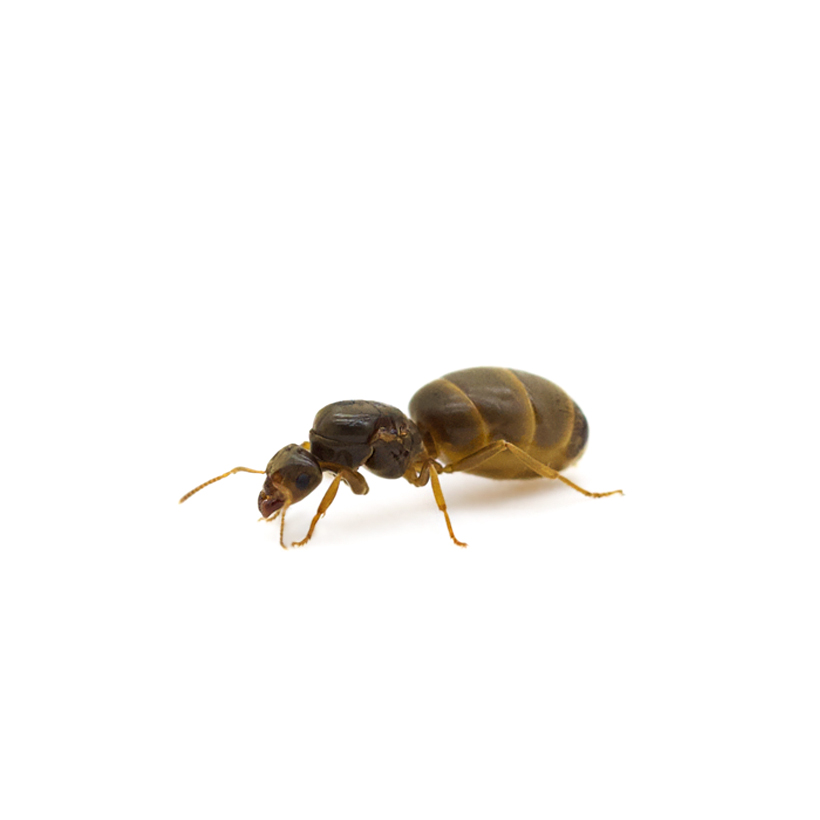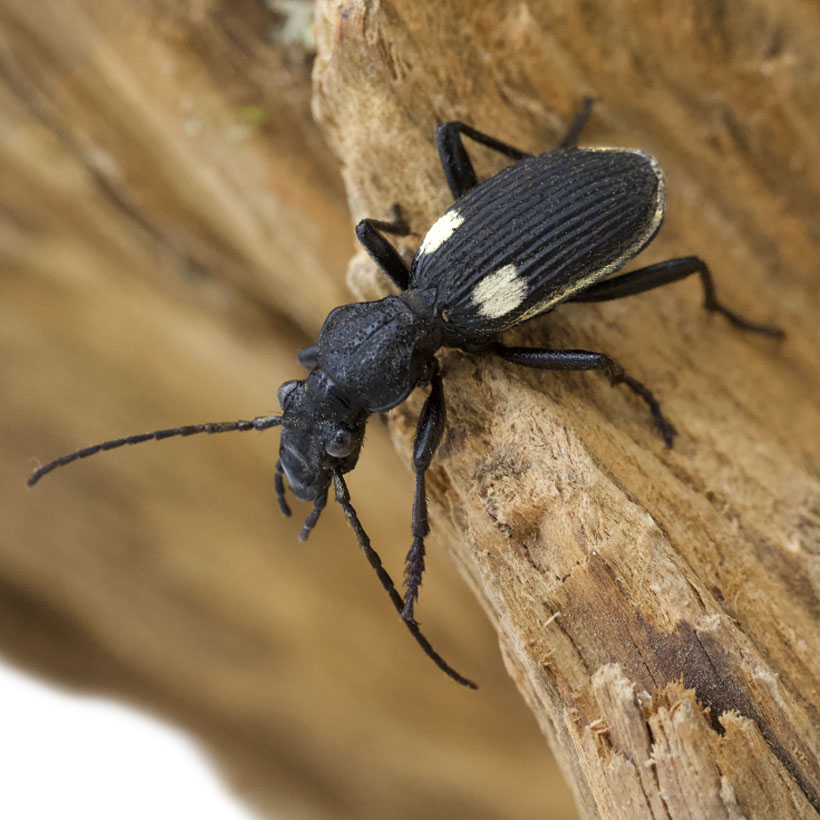Your cart is currently empty!
Australian ghost insect “Extatosoma tiaratum”
Out of stock
Simple
< 140 mm
20°C – 26°C
Brief description:
Extatosoma tiaratum was one of the first phasmid species in the terrarium hobby. It has been successfully kept and bred since the 1960s. The Australian ghost shrimp is listed under PSG number 9 and originally comes from eastern Australia. Here it is mainly found in Queensland. In its native habitat, it inhabits the shrub and bush regions in wooded areas with eucalyptus stands. When fully grown, the females reach a length of up to 14 cm, while the males are significantly smaller at a maximum of 10 cm. It takes about 6 months from hatching to adult moult. After that, the females have a life expectancy of up to one year, the males of 3-6 months.
The Australian ghost insect looks very much like a withered leaf, which helps it camouflage itself from predators. It has an elongated, thin body whose coloration varies greatly due to different environmental influences. As an adult, Extatosoma tiaratum can be yellow, brownish or even green. Nymphs, however, are always black. They have small spines on their limbs. The animals have the ability to change color in the course of their lives. Males of Extatosoma tiaratum have fully developed wings, the females only have stubby wings with which they cannot fly. In contrast to the males, the females have spines arranged in pairs on their backs and their bodies are more massive. Both sexes carry their abdomen scorpion-like over their body. After the last moult, however, this is prevented by the wings of the males.
A terrarium for a group of Extatosoma tiaratum should have a base area of at least 30×30 cm and be 60 cm high, as the animals need plenty of space to moult. Like all phasmid terrariums, the terrarium should be well ventilated. In principle, lighting can be dispensed with completely, but the animals should have a day-night rhythm. The substrate can consist of forest humus. Climbing branches that can withstand the relatively heavy bodies of the animals are also important. The temperature in the tank should be 20-26°C and the humidity should be 40-60%. Australian ghost terrors should only be sprayed infrequently and care should be taken not to spray the animal directly. Rose plants such as blackberry or raspberry are particularly suitable as food, but the leaves of hazel, oak or ivy are also eaten. As the animals have a high food turnover, care should be taken to ensure that sufficient quantities are always available. Extatosoma tiaratum can be kept in groups due to their peaceful behavior. Even several males in one tank pose no problem. Socialization with other animals is also possible. After the adult moult, the females begin to lay eggs. They fling the eggs across the terrarium. The animals can reproduce both sexually and parhenogenetically. When the eggs are incubated at room temperature, the first young hatch after around 6 months.
